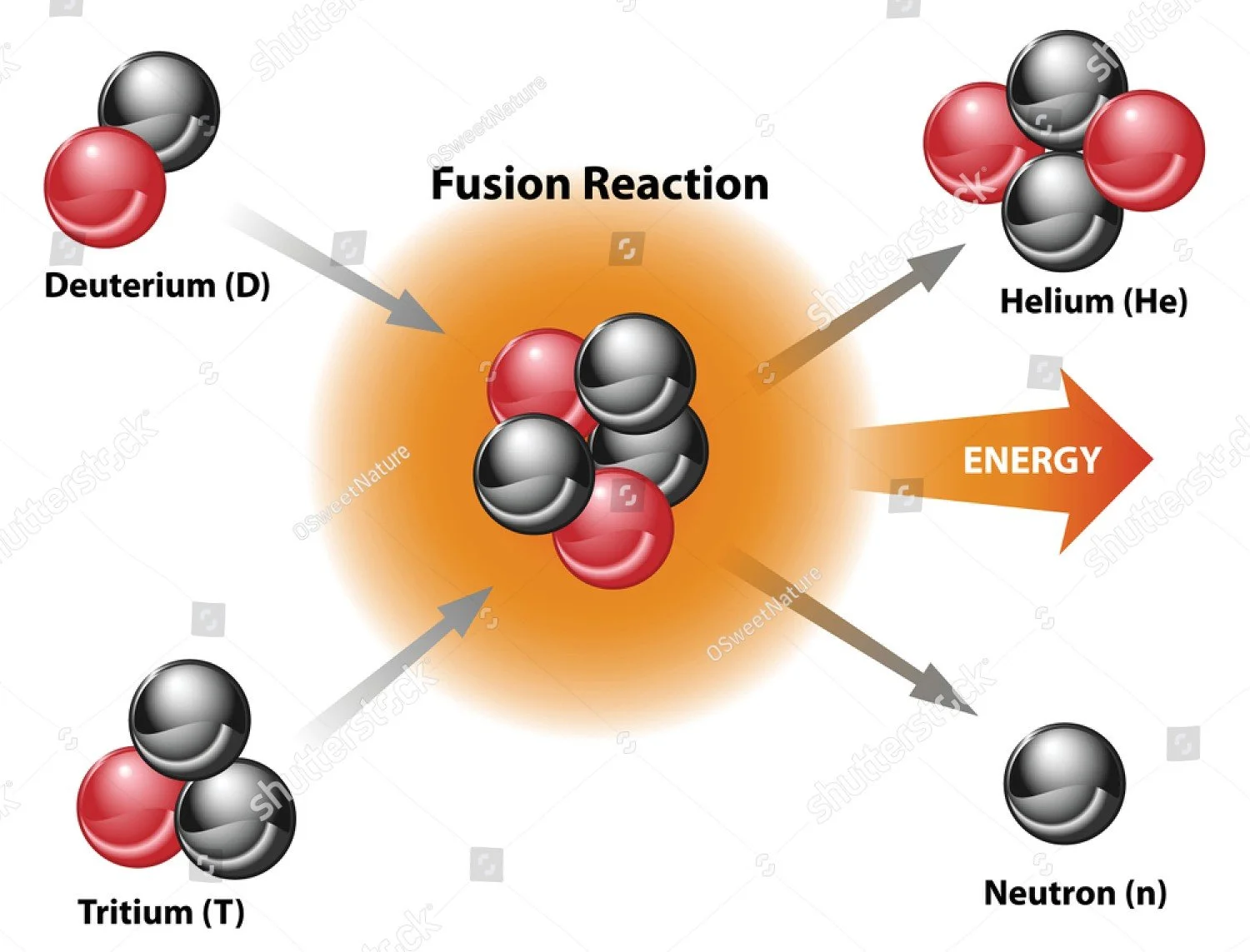Fusion energy is the holy grail of renewable energy production.
The technology is advancing rapidly, with three companies currently constructing demonstration plants in Pennsylvania, Boston, and California. A significant advantage of fusion is the absence of radioactive radiation.
Globally, approximately 53 private companies are actively developing commercial fusion technology, alongside government efforts in the U.S., China, and other countries. Since 2021, private fusion companies have collectively raised over $9 billion in development capital. Successful implementation of commercial fusion plants is projected to create a market valuation exceeding $40 trillion. The three leading companies anticipate having commercial pilot plants operational by 2030.
Various fuel pathways can be used for fusion, all aiming to produce more energy than consumed in the reaction. The primary fuel sources being explored include:
1. Deuterium-Tritium (produced by water electrolysis)
2. Boron
3. Helium-3 (an ideal fuel source, though challenging to produce, with potential for unlimited mining on the Moon)
4. Lithium
5. Other sources (Benchmark is exploring the use of ethanol carbon chains for fusion).
While the implementation of a commercial fusion plant presents challenges, the estimated CAPEX cost for a 200 MW plant is around $1 billion.
We may be on the cusp of an energy breakthrough that could transform human history by providing an unlimited global energy supply. It is crucial for our nation to lead in this technology. We should foster a collaborative program between private companies and the government, similar to the Manhattan Project or the NASA lunar landing effort, to achieve effective fusion solutions.
The impact of this technology will be so profound that history will be divided into "before fusion energy" and "after fusion energy."
For additional information, please contact the company.

